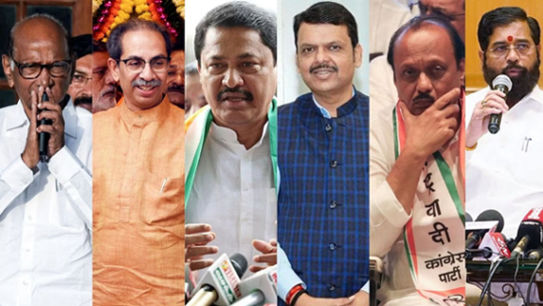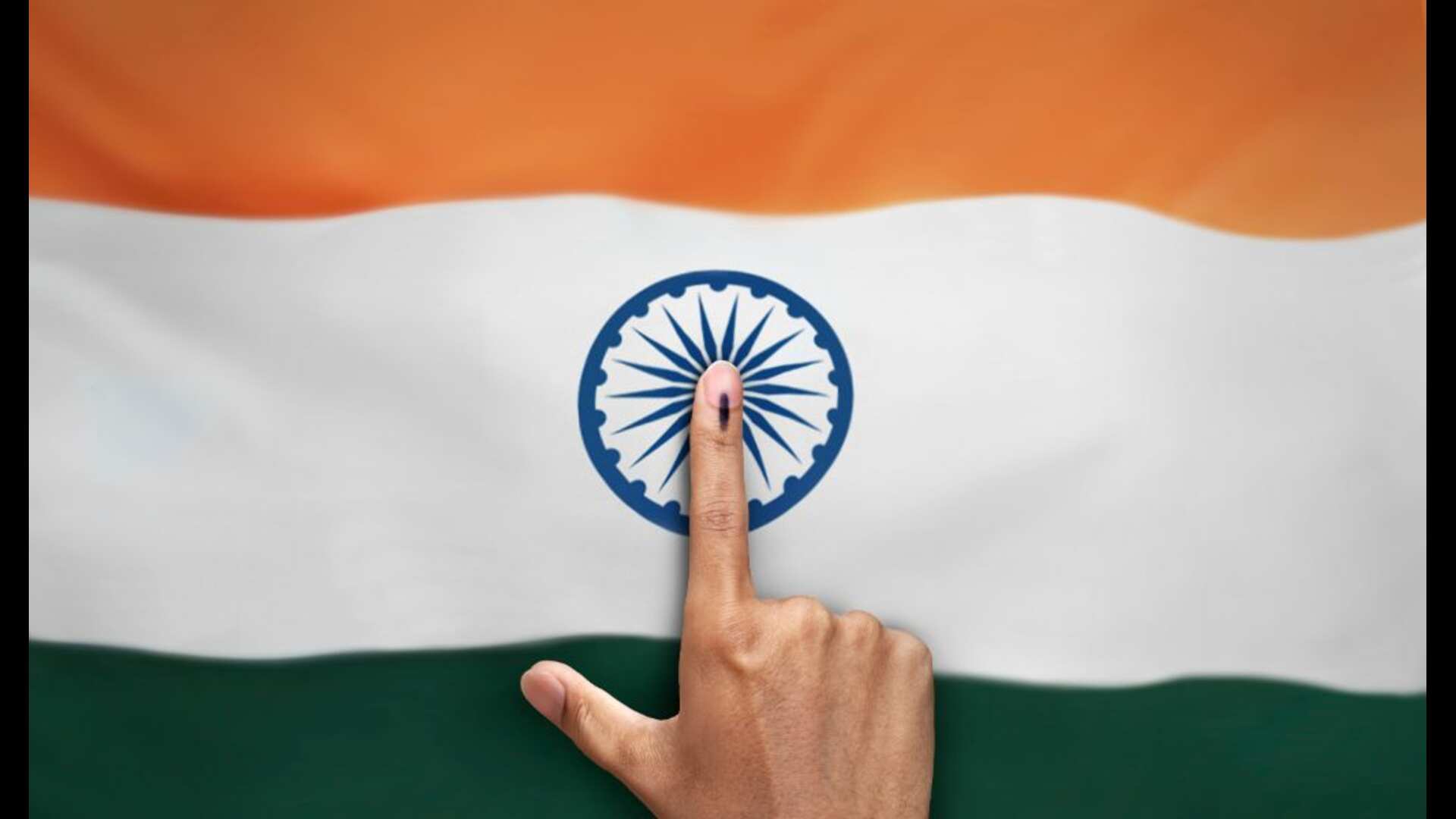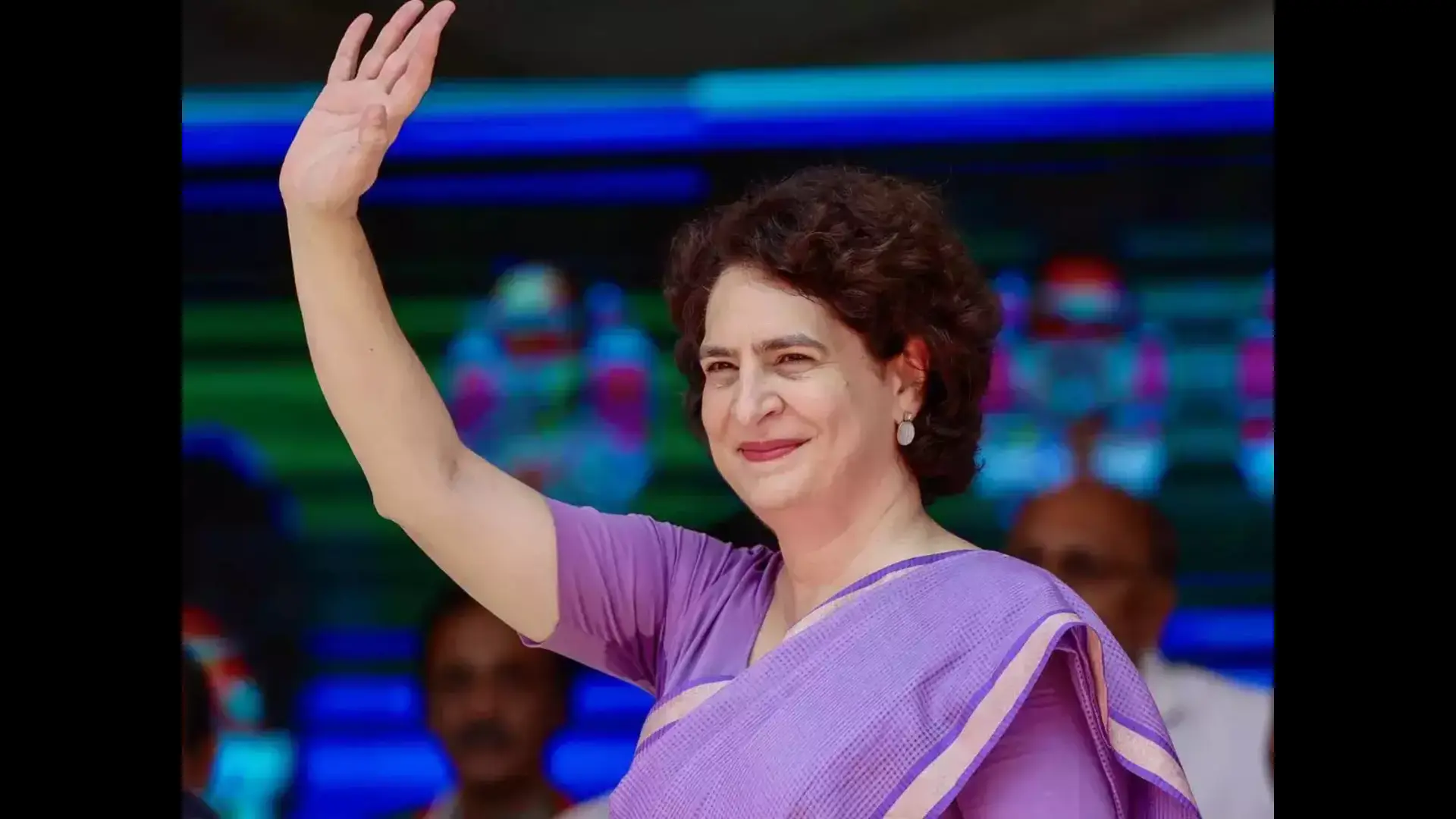
Telecommunications form the backbone of any modern economy. As countries across the world have come closer with the opening up of trade relations and movement of goods and services, the internet and connectivity through telecommunications have formed the pipeline through which information travels faster than ever before. In India, the telecommunications industry is dominated by several private players, some in partnership with global giants, and has witnessed landmark technological revolutions since 2000. The industry and the technology reached another height with the launch of the most advanced network – the 5th Generation (5G) – in India on 2nd October 2022, within a year of its global launch. The 5G network is expected to revolutionise wireless communications in the country and offer unprecedented advancements in communications through faster mobile internet speeds and lower latency compared to the last generation 4G. It is also expected to open up an across-the-board application of futuristic technologies such as Internet of Things (IoT) and machine learning.
Advent of Telecommunications in India
From the establishment of the Department of Telecommunications (DoT) in 1985 to the launch of 5th Generation technology in October this year, the telecom ecosystem of the country has come a long way. Prior to 1991, telecommunications in India were largely under state control with investments allowed by the private and foreign industries in certain areas. The telecommunications ecosystem was laid by India’s first telecom policy, the National Telecommunications Policy, 1994. According to its provisions, the central government’s DoT effectively acted as both policy formulator and service provider. Strict rules and regulations and excessive intervention and control by the state limited private sector involvement and thereby slowed down innovation. However, the New Telecom Policy launched in 1999 changed the face of the telecom industry with an expanded scope for private sector engagement and gave a renewed push to new-age telecom and internet services in India.
With the launch of each generation of telecom technology, connectivity has received a fillip through advanced modes of communication. 2G technology, launched in 1995, four years after it deployed globally, enabled wireless digital phone calls and messaging. The introduction of 3G technology was even slower than 2G. It was introduced in 2008 even as other major countries had faster data speeds and better calling through 3G as early as 1998. However, 3G did not offer the expected shift in the quality of services compared to the last generation and the difference between the speeds of 2G and 3G was hardly visible.
Fillip To Telecom
Around 2010, the telecom sector of the country received a major boost. Between 2010 and 2014, when 3G was the main network technology, mobile phone subscribers in India jumped from 58.432 crores to 90.452 crores. Prior to 2010, telecom operators depended mainly on voice services as their main product. From 2010 onwards, there was a rising demand for data usage on mobile phones. 2010 also saw frenzied bidding by major telecom operators for the central government’s 3G spectrum auction. 71 spectrum blocks up for grabs across 22 telecom service areas in the country sold for a whopping Rs 67,719 crore. High-speed 3G data services were expected to revolutionise internet connectivity in India but did not show the desired result as the quality of service and internet speeds on mobile devices remained extremely poor in several parts of the country. According to an April 2015 survey by telecom equipment provider Ericsson, nearly 48 per cent of the respondents were unable to distinguish between 2G and 3G speeds and saw no major advantage in switching to a “high-speed” 3G service.
4G technology was introduced in the country in 2015 and technologically, it was an extension of 3G with improved bandwidth and better services. The same year saw India’s largest auction sale to date when 2G and 3G spectrum worth Rs. 1,09,000 crores was sold by the government, a major jump from Rs. 61,200 crores in the last auction sale of 2G in 2014. Airtel spearheaded the introduction of 4G in India being the first to launch the service as users expected it to be a solution to all their internet-related woes. Moreover, the arrival of Reliance Jio in the telecom domain in September 2016 gave 4G technology and service quality a major boost and India witnessed exponential growth and traction in 4G services and smartphone usage. According to a Nokia MBiT Index report, 4G displayed the fastest growth rate in the telecom history of India, led mainly by Reliance Jio, a new entrant. In less than three months of its entry in 2016, the market added around 5.2 crore 4G subscribers. By the end of 2016, the 4G subscriber base in India had grown to seven crore users and the numbers grew nearly tenfold to 70.2 crore 4G subscribers at the end of 2020. In terms of overall internet subscribers in the country, from 61.96 internet subscribers per 100 inhabitants in 2015, internet subscribers in India jumped to 143.54 per 100 inhabitants by 2021.
Several factors have contributed to the rapid expansion of 4G networks in India. The availability of low-cost 4G smartphones was a major driver behind the growth in 4G adoption in India. From a 12 per cent 4G device penetration in India by the end of 2016, in the last five years, it has grown to 77 per cent pan-India level. Moreover, from an overall 4G data traffic of 13 per cent in December 2016 it grew to approximately 99 per cent by the end of 2020.
Policy Change for 5G
The journey to introduce 5G in India began in the year 2017. In 2018, the 5G India Forum invited communication technology companies to conduct major trials and devise a framework for 5G Applications and Use Case Labs. The introduction of 5G in India has been different from 4G and 3G. Both the 3rd and 4th generation technologies were introduced in India very late compared to the rest of the world. 5G in India has been launched just one year after its global implementation. Moreover, 5G is driven by indigenous technology, with a focus on developing India-specific 5G standards. However, while the government opened up India’s first 5G spectrum auction as early as 2017, demand for a more reasonable price for implementing 5G in India by the telecom operators delayed the auction by a couple of years. In 2018, the Telecom Regulatory Authority of India (TRAI) set the base rate for 5G airwaves between 3.3-3.6 GHz – at Rs 492 crore per unit, one of the highest rates in the world. After several demands from the industry, TRAI recommended a 36 per cent rate cut (3.3-3.6 GHz band) to Rs 317 crore per unit for the April 2022 auction.
The introduction of 5G is expected to change the face of telecommunications and internet connectivity in India. It is also expected to play a major role in helping India become a $5 trillion economy by 2024-25. Moreover, the launch of 5G-enabled technologies is expected to be transformative not just for the telecom industry but also for other industries by unlocking disruptive new technologies. Globally, industry applications driven by 5G technology are expected to generate more than US$ 12 trillion in sales.
5G: Use Case
Faster cellular connectivity and data services on mobile phone are important not just from the point of view of offering access to the web. Today, as governments are increasingly moving towards a more digitised service delivery model, ease of connectivity through mobile phones equipped with internet services is central to the welfare service delivery by plugging loopholes and leakages. However, India is still witnessing a slow transition to advanced telecommunication networks. This is warranted by the fact that a large number of people living in rural areas of the country are still dependent on outdated 2G technology offering slower speed and poor quality of basic calling services with nearly 30 crore subscribers still trapped in the 2G era.
For India, the key to utilising 5G technology to its fullest potential lies in the telecom industry and the government’s ability to ensure that it reaches every nook and corner of India. Moreover, affordability will be central to the 5G experience for a large majority of Indian mobile phone subscribers. The introduction of 4G, low-cost access through Reliance Jio’s disruptive pricing and the government’s digital push helped place India at the top of mobile phone and internet subscribers of the world by absolute numbers ensuring a pervasive digital adoption. A similar push is required to expand 5G services in India. According to a report by Global System for Mobile Communications (GSMA), 5G is likely to benefit the Indian economy by Rs 36.4 lakh crores between 2023 and 2040. The internet penetration rate in India has reached nearly 50 per cent of the population and is expected to receive a further boost through 5G. As of January 2022, India had 65.80 crore internet users with an estimated growth rate of 5.4 per cent between 2021 and 2022. A conducive and forward-looking digital communication policy that promotes and supports private sector investment in India while balancing the needs of the masses will assist in creating an environment to improve the digital footprint of the country.















